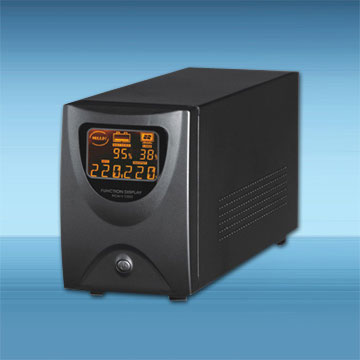
The goal of the ups power supply is to keep important data even in the case of power outage. Both distributed and centralized Ups power supply are good good for providing needed power. However, which backup power supply you will use depends on the size and application of your Ups power supply system. Which backup power supply system is a better solution for you, will depend on thorough analysis of the specifications of each system.
You need to consider fire protection, life cycle cost, system management and maintenance when choosing an uninterrupted power supply. Some choose distributed back up power supply when the Ups hardware is attached in a server rack and has smaller Ups devices located in several different places. Others like to rely on one larger Ups instead of several smaller ones. Before you buy Ups, know the differences between centralized and distributed uninterrupted power supply.
- One of the distinctions between the distributed and centralized ups power supply is the ramification. The ramification of a centralized Ups relates only to the distance between the protected equipment and the backup system. On the other hand, the distributed Ups power supply has ramification related to control, fire safety and maintenance.
- When it comes to power, the distance between the centralized Ups power supply and the protected equipment affects the power problem on the AC line. As the distance increases the effectiveness of centralized Ups power supply decreases. With a decentralized uninterrupted power supply, there are minimal chances of power problems in the AC lines.
- In case of power failure in distributed power supply systems, only one server will be impacted. In centralized Ups systems the failure can affect 100 servers or even more.
- It is cost-effective to invest in distributed backup power supply systems since you can install new server racks any time you need them. With centralized backup power supply systems, you have to make large investments upfront. It is also important to know that the life span of the distributed Ups power supply is the same as the life span of a server,. Therefore, every three to five years, you can change both the Ups power supply and server hardware.
- Distributed backup power supply systems are easy to relocate and install since they are small and light while centralized cost more money to reinstall. What make the distributed ups less attractive is the fact that they take a lot of rack space that otherwise IT managers can use for servers.
- Centralized ups power supply systems are easier to maintain due to the small number of units and cost less to replace. Therefore, if you want to buy Ups, get centralized ups power supply.
- The run-time capacity of the batteries of a centralized Ups systems is longer and are more reliable. Also, centralized Ups systems have several units to prevent any data loss.
- The centralized ups power supply uses double-conversion system to covert AC power to DD through an inverter, producing stable power curve and eliminating any distortions and spikes. The distributed system uses line-interactive system what makes it less reliable since power anomalies pass to the end device.


















